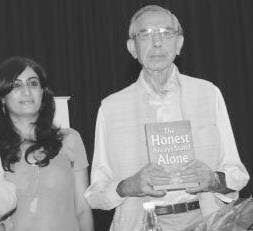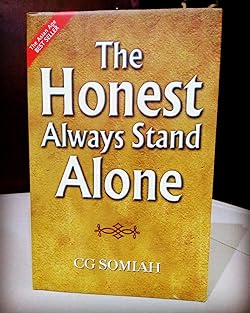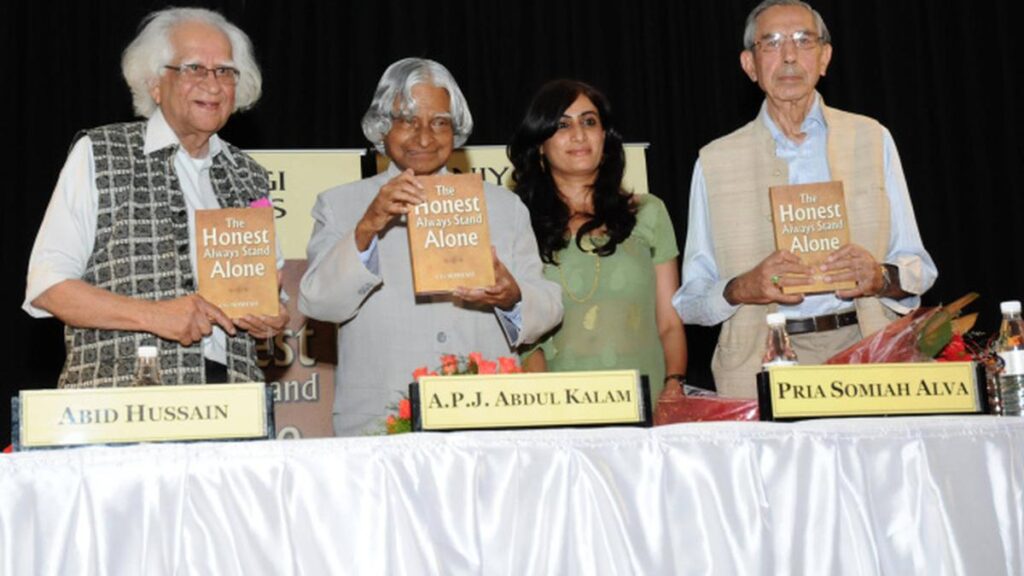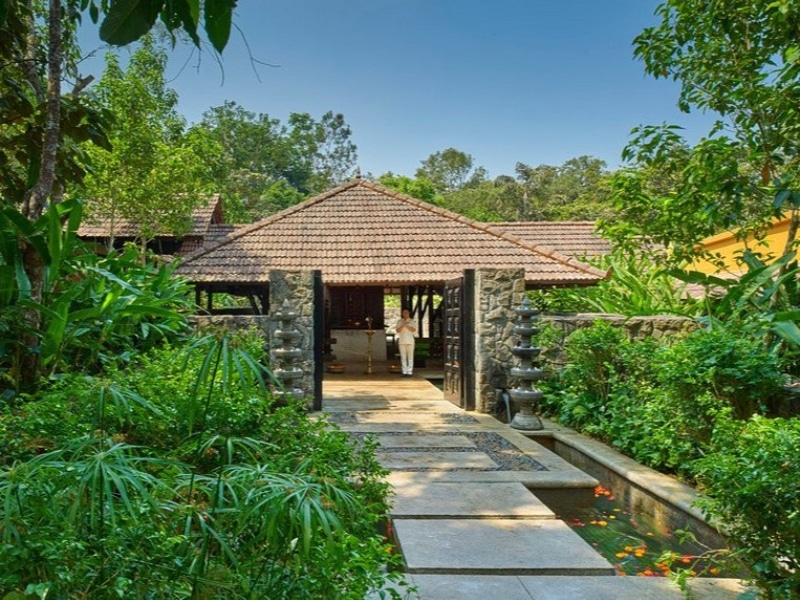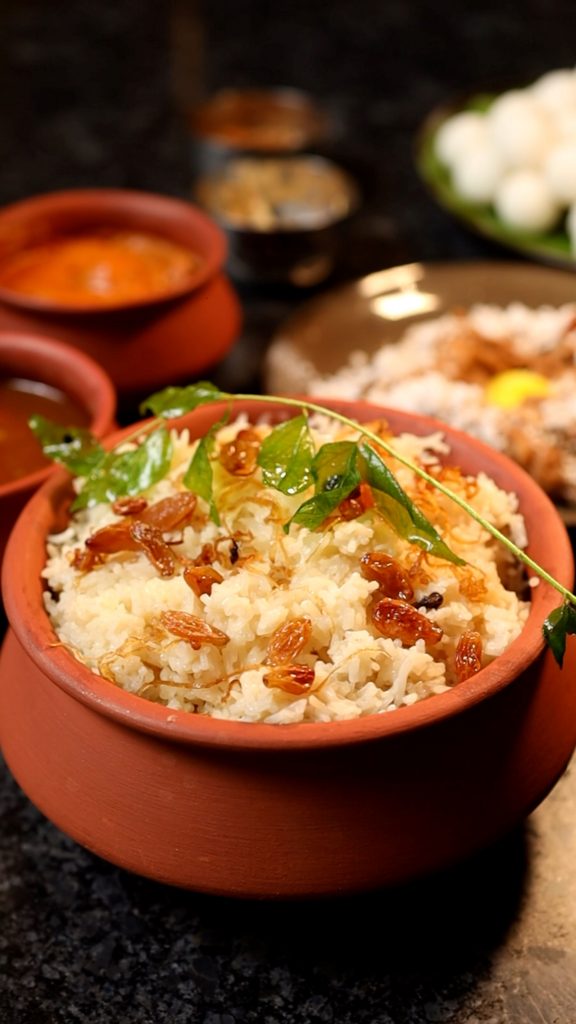Fifty years after its inception, the cadets, staff and employees of Sainik School Kazhakoottam met for a reunion.
Sainik School principal Group Captain B Janardanan with Kannu Somaiah and former master N Balakrishnan Nair
Thiruvananthapuram :
Back then, the ‘65 and ‘71 wars had not yet happened, ‘Sholay’ was not even in the making and Raj Kapoor was still big-time. And in that once-upon-a-time era, a bunch of youngsters walked in to the newly-opened Sainik School at the Pangode barracks. That was then. Friday was now. But 50 years vanished in the blink of an eye at the Sainik School, Kazhakkoottam, on Friday afternoon as cadets, staff and general employees who were part of the school in 1962 met again after a gap of decades for a felicitation of the pioneers organised by the school as part of the golden jubilee celebrations.
“The school was first set up at Pangode, and by the end of 1963, it shifted to Kazhakkoottam,’’ recalled Col Balasubramaniam, the first school captain. “I’m the oldest Boy, but I don’t feel that old,’’ he quipped.
It’s really hard to imagine this army-moustached, stern-looking man with receding hair as a young boy trotting about in a school ground. But there it is. All around the Colonel are men who were part of his childhood, men who walked out of this school to become officers in the armed forces, film directors, technocrats or doctors.
“Four of the first batch, including me, joined the NDA,’’ Balasubramaniam, who is on his first visit in 48 years, said.
Perhaps the one person who was the centre of attention on Friday was Kannu Somaiah, wife of the late Col Somaiah, the first principal of the school. Known to one and all as just ‘Mrs Somaiah,’ she was the ‘mother in residence’ back then – the first First Lady of the Sainik School. ‘’I left here in 1966,’’ said Kannu, who lives in Coorg and came down for the function with her sons, and alumni, Vinod and Anand. Vinod now lives in Singapore.
“We came down to Thiruvananthapuram in December ‘61 with father. The discipline that we got at the school holds us through,’’ said Vinod Somaiah, who is visiting his alma mater after 45 years. Does he recognise anyone? “Oh yes!’’ Vinod says, as his gaze wanders to the school auditorium named after V K Krishna Menon, the Defence Minister who made it all possible back in 1962.
Three of masters were also present. The oldest of the three, K Madhavan Nair, the Physics master, George Joseph, the Biology master, and N Balakrishnan Nair, who taught Chemistry.
On Saturday, Chief Minister Oommen Chandy will inaugurate the valedictory of the golden jubilee celebrations. Minister of State for Defence Pallom Raju and Air Marshal S P Singh will be present.
Friday’s function – presided over by school principal Group Captain B Janardanan – was also followed the ‘Satish Chandran musical evening’ organised by All-India Radio.
source: http://www.newindianexpress.com / The New Indian Express / Home> Thiruvananthapuram / by TNIE Online Archives / May 16th, 2012
